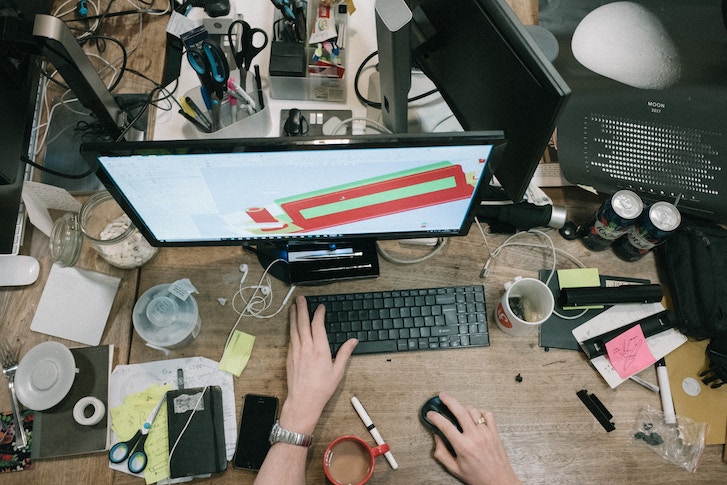Being productive in the office can often be a real challenge. Phones ringing, constant email alerts, meetings to attend and co-workers popping in are just a few of the distractions that are present on a daily basis. Finding a way to stay on track can feel impossible but there are ways to manage disruptions and focus on your goals.
Research shows that there is a direct correlation between being productive at work and disorganization. The more clutter and chaos that someone experiences, the less productive that person tends to be. Taking the time to identify where the disorganization stems from, is the first step in being able to eliminate it and create a working environment that promotes productivity.
The most common type of disorganization is desk clutter. During the course of the day, people tend to accumulate all types of things on their desks; pens, pencils, stacks of papers, files, reports – just to name a few. All of these items can steal our attention away from the tasks that require it. The trick is to get a sense of the things you actually need on your desk in order to complete whatever task you’re working on and get rid of everything else. You will see how the old adage, “out of sight out of mind” really holds true when you remove the extraneous items for your desk.
Once you have your physical space in order, it’s time for you to examine the non-physical clutter. In this technology dependent society we live in, your virtual desktop is just as distracting as your actual desktop. Be sure your digital files are organized and easily accessible and digital notifications should be managed, making only necessary pop-ups allowed. These digital distractions can negatively impact productivity just as much, if not more, than other distractions.
While mental clutter can be distracting, it can also be easily avoided by incorporating a few simple strategies. Set a limited amount of goals for yourself each day. This way, you are not overwhelmed with the amount of work you are trying to get done and you will feel successful when checking those tasks off your “to do” list. Prioritize your work so the most time-consuming projects are tackled in the morning when you are fresh. Don’t allow yourself to perseverate on anything that isn’t directly related to the work you committed to for that day.
We will find chaos and disorganization in any organization. It is how we manage it that will determine our productivity. Allow it to consume and overwhelm us, there will undoubtedly be a negative effect on work flow. Identify and address it and you’ll see positive changes in your productivity.



